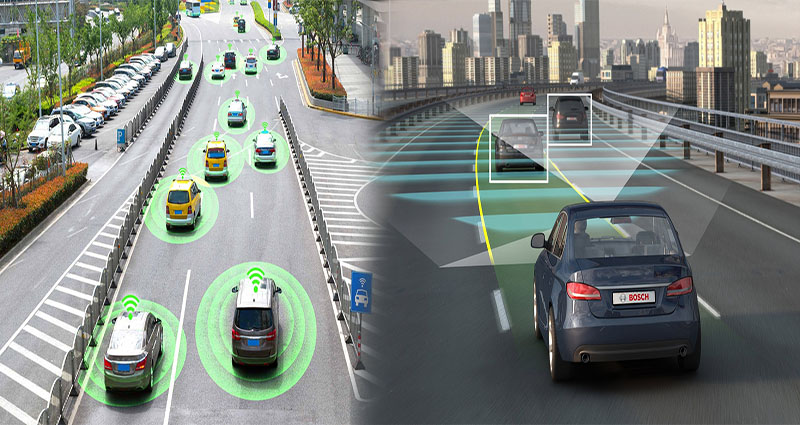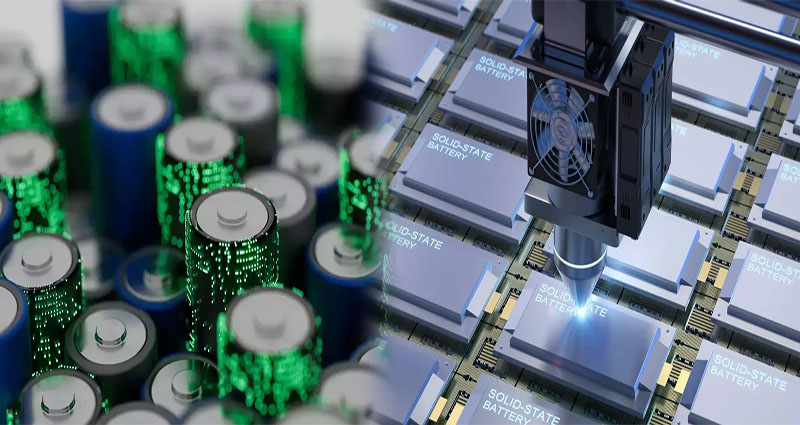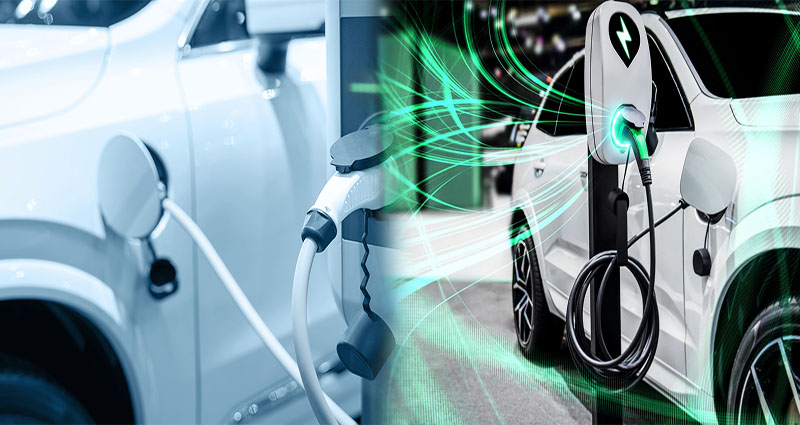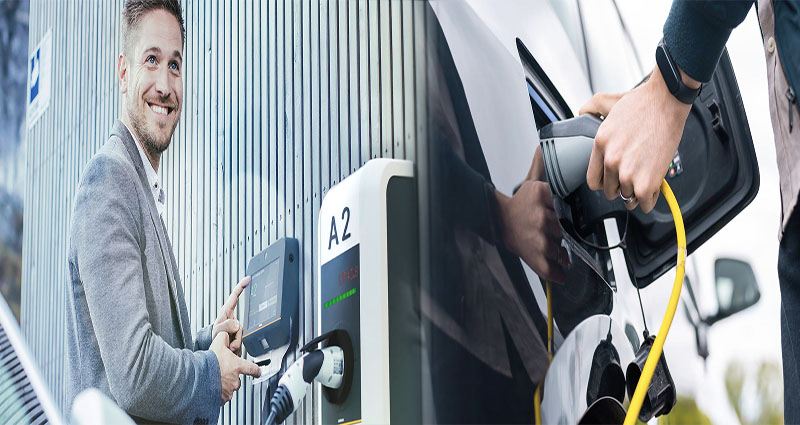Energy Density Optimization: Driving the Next Generation of Eco-Friendly Transportation
In the pursuit of a greener and more sustainable future, the optimization of energy density is emerging as a driving force behind the next generation of eco-friendly transportation. Energy density refers to the amount of energy that can be stored in a given volume or weight of a power source, and it plays a crucial role in determining the performance and range of electric vehicles (EVs), as well as other forms of sustainable transportation. The ongoing advancements in energy density optimization are paving the way for more efficient and practical eco-friendly vehicles, accelerating the transition towards a cleaner and greener transportation system.
One of the key areas of focus in energy density optimization is the development of advanced battery technologies. Lithium-ion batteries, currently the most common energy storage solution in EVs, have made significant strides in improving their energy density over the years. Innovations in battery chemistries, electrode materials, and … READ MORE ...








